The Lotus Book Type 1-74 & The Ian Walker Racing Elans
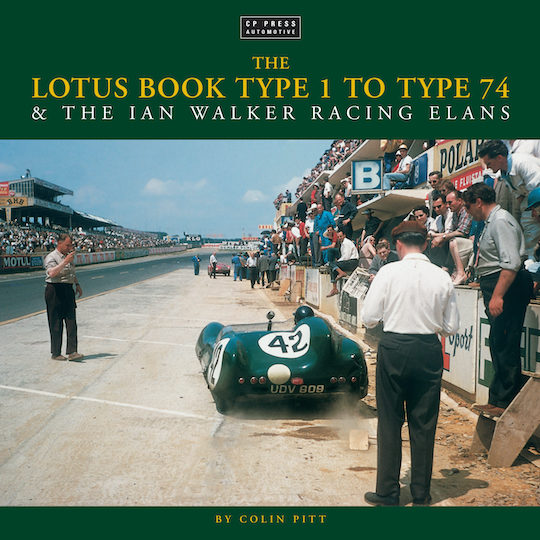 by Colin Pitt
by Colin Pitt
“Colin Chapman’s cars led to Lotus Engineering becoming one of the most famous British Manufacturer’s of racing cars. Each Type from the Lotus Type 1 to the Lotus Type 74 is featured in this book with a particular emphasis on the Lotus 25, Lotus 49 and Lotus 72 as well as the Ian Walker Racing cars including the ‘Swiss’ Elan and the IWR Le Mans coupe.”
This quote (typos and all), pulled from the dust jacket flap, represents the entirety of any sort of overarching commentary by the author in the whole of the book—everything else is hyperfocused on the specific model being discussed, meaning a reader has to have decided already on their own why they ought to be interested in this topic.
When Pitt says “each type” he does mean exactly that. Is it possible: all models in one single book? For just about $50? If you are a Lotus person the title alone will make you giddy and your wallet twitch.
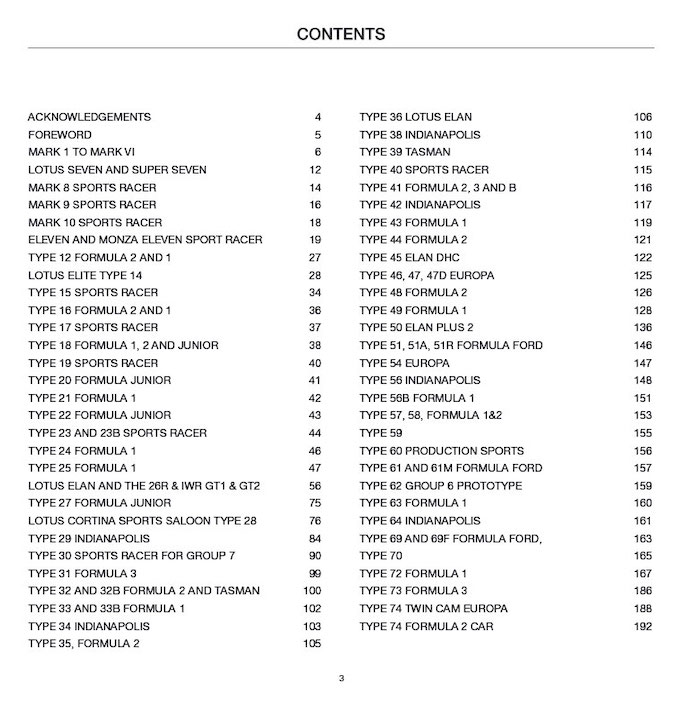
The—undated—Foreword by one Len Terry says “They are all here and I believe this is the first time that they have all been covered in the same volume.” Further, the publisher’s PR material calls it “one of the largest works on historic Lotus cars” and also a “much enlarged” book—as if there had been an earlier, shorter one but nothing is said about that. Well, well, the picture is coming into focus. Kinda.
Leonard E. Terry (b. 1924) died in 2014 and this book has a 2017 publication date but lets leave that alone for a moment. No question that he would know what all had been written about Lotus already. His Foreword here is an exercise in understatement and absent any guidance by the author (typical for his books) a newbie reader would have no clue just how influential this soft-spoken, low-key British race car designer and engineer was, not just in regards to Lotus (he was involved with 21 of the cars covered here) but also BRM and Eagle, ERA and Aston Martin. While there is no book about him there is one by him: Racing Car Design and Development (with Alan Baker, ISBN 9780837600802 from 1973) so it’s not until about the half-way point of this book where he sheds light on the Type 30 in his own words that you get a sense of his role at Lotus (and his relationship with Chapman). So, yes, if he lends his name to a book, it counts. And, yes, there had been an earlier, shorter version of the Pitt book, The Lotus Book Type 1-72: The Essential Guide to Historic Lotus Cars (ISBN 978-1841556239).
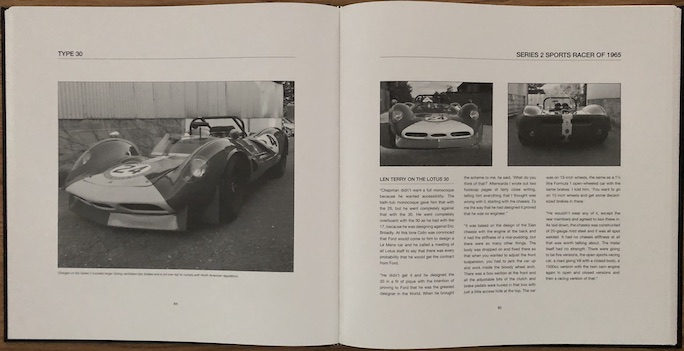
Terry was very good at what he did—so good that disagreements with Chapman were inevitable, but also so good that Chapman would re-hire him. When Terry left for good he went to Dan Gurney to work on Indy and F1 cars such as the Eagle Mk1, often called the most beautiful F1 car of all time, in which Gurney won the 1967 Belgian GP. Later still he worked on the Surtees TS5 F5000, the BMW 269 F2, and Gulf-Mirage sports cars and others while in retirement becoming a resource to and supporter of Classic Team Lotus.
Among the hundreds of Lotus books tracked by specialists like the Lotus Library in Colorado (a division of Auto Archives, run by William Taylor of Coterie Press which itself publishes major works on Lotus) there is indeed none quite like this one. This book has sort of an encyclopedia flavor, with all the utility and also limitations the word implies.
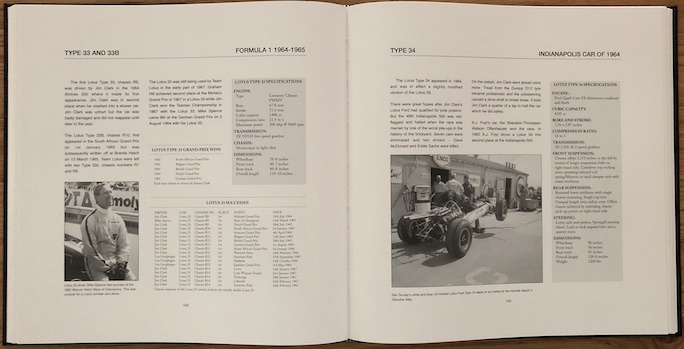
A good example of the types of data presented: performance specs, GP wins, race results. But, see next spread: six Marks are discussed but specs are only given for one.
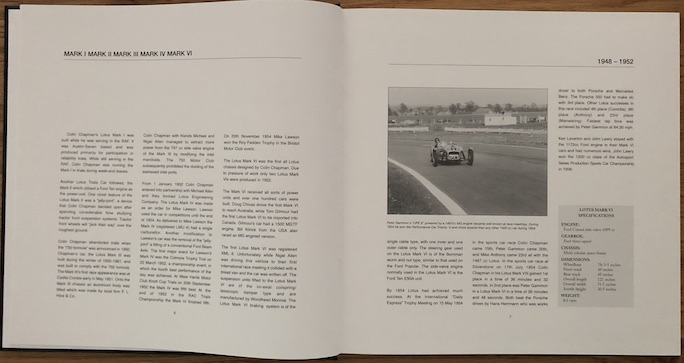
Certainly the large format of almost 12 x 12″, the large number of photos (although often sparsely captioned) and various data sets (chassis numbers, racing stats etc.) stand out. Factor in the low price, proper bookmaking niceties such as good art paper, hardcover with a stamped title on the spine, headbands even, and you have one fine book. But it does take work . . . no Index, a Table of Contents that doesn’t tell you everything (cf. Jim Clark’s personal cars, conversions such as Shapecraft and Radford) and the aforementioned absence of connect-the-dots narrative. The Ian Walker cars, for instance, are denoted on the TOC merely by “IWR” as a subset in the “Elan” entry. The intro quote above singled out Types 25, 49 and 72 and they do indeed have the longest entries, 9–11 pages each, but consist mainly of photos. Still, to have all models paraded in front of you in developmental sequence (i.e. not strictly chronological) yields a fluid grasp of the arc of Lotus engineering.
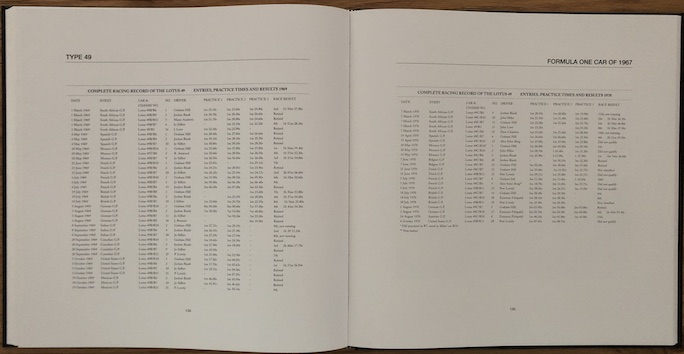
We would be remiss not to mention another privateer contribution to the body of Lotus literature, if only to illustrate that there are different approaches: (the late) serial Lotus owner/racer/restorer Kevin Whittle of Historic Lotus Books produced in-depth single-model books (still available, also see Comments)), limited to 250 copies each, with high production values. He published “Lotus Single Seaters” and then “Classic Lotus Racer” magazines, and was editor of The Historic Lotus Register’s magazine as well as Registrar of the Lotus 19 and the Customer Monocoque Registers.
Incidentally, the Pitt book lists a Publisher’s Edition with ISBN 978-1 910241 75 2; there is no such thing.
Copyright 2023, Sabu Advani (Speedreaders.info)


 RSS Feed - Comments
RSS Feed - Comments


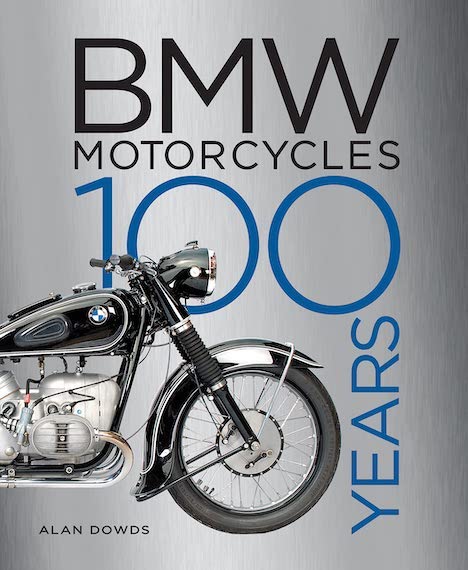


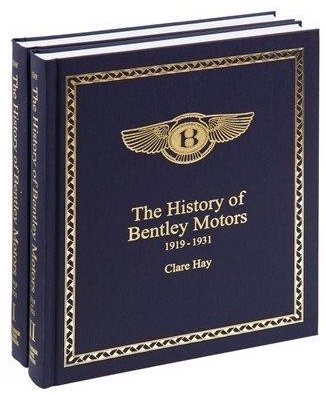
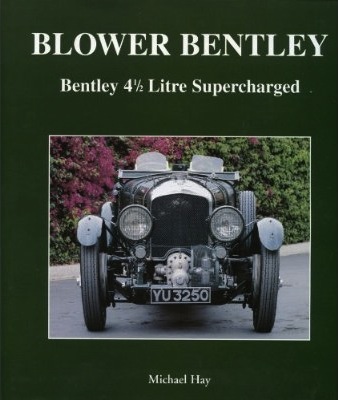



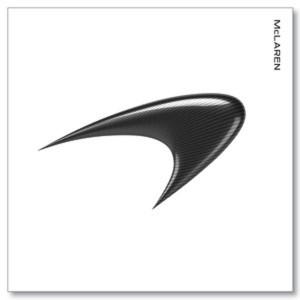

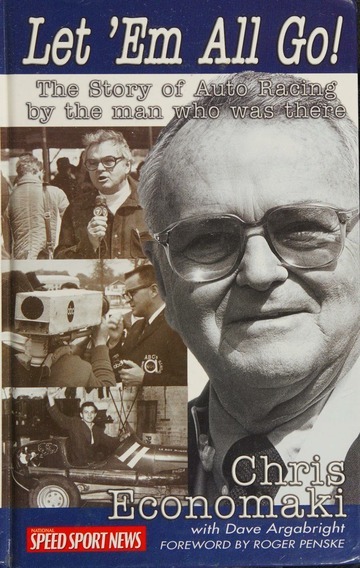
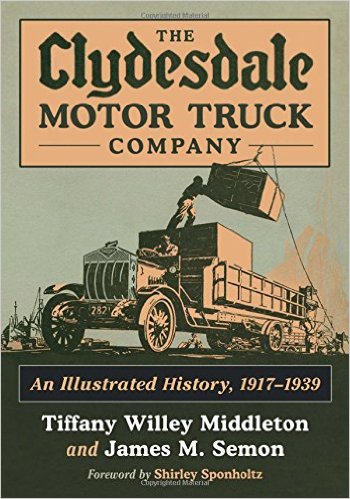

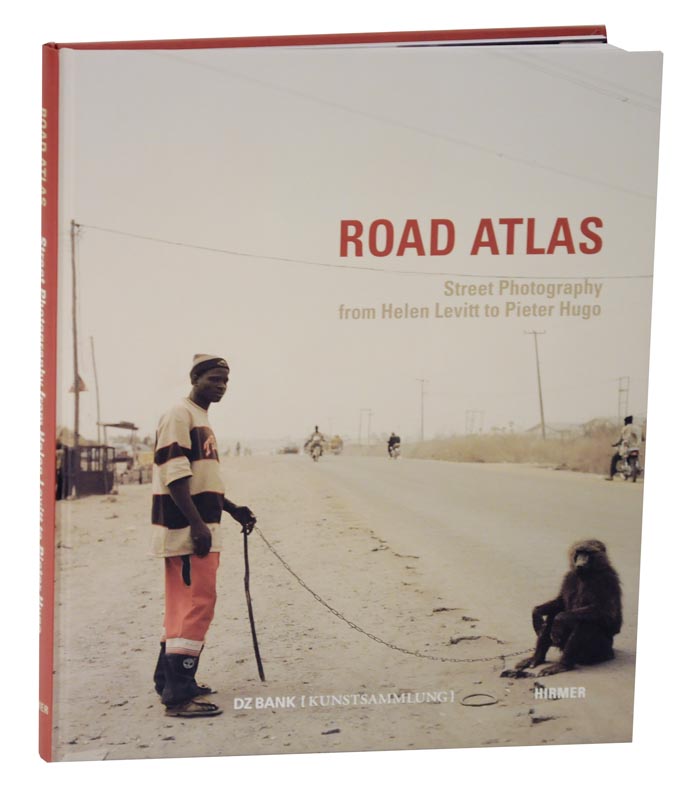
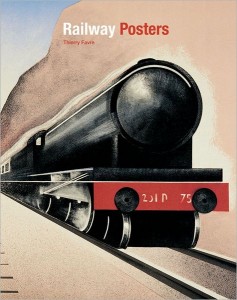
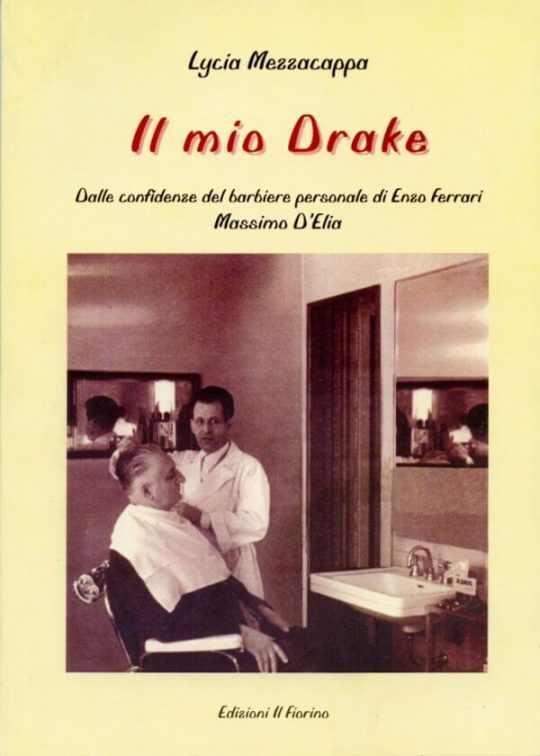
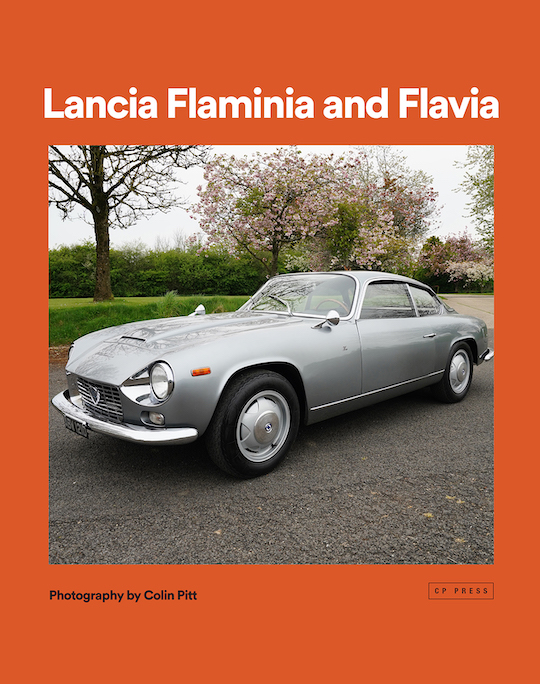

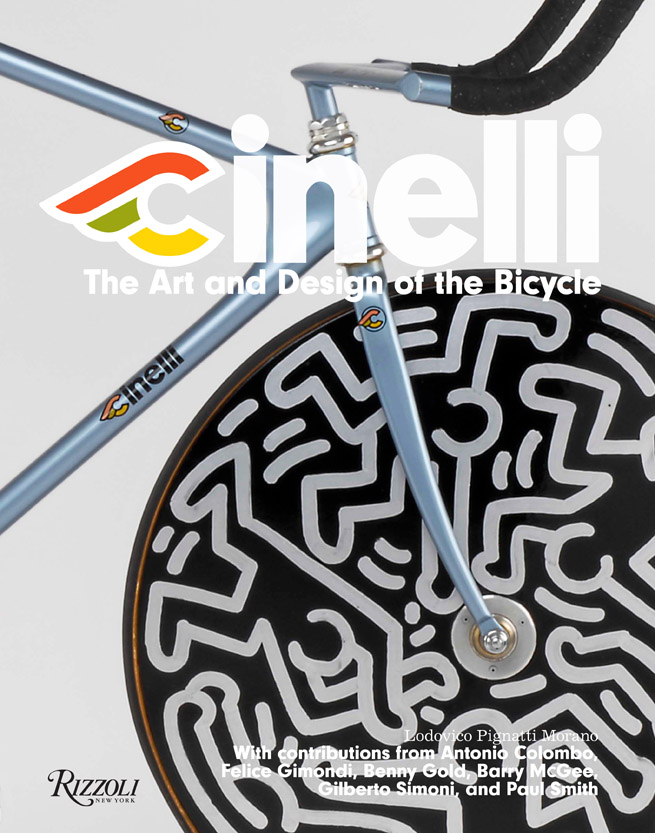
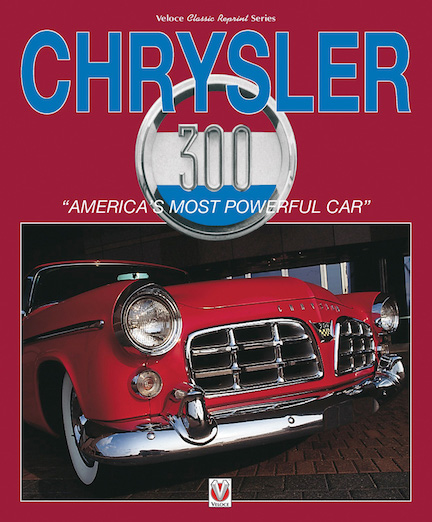

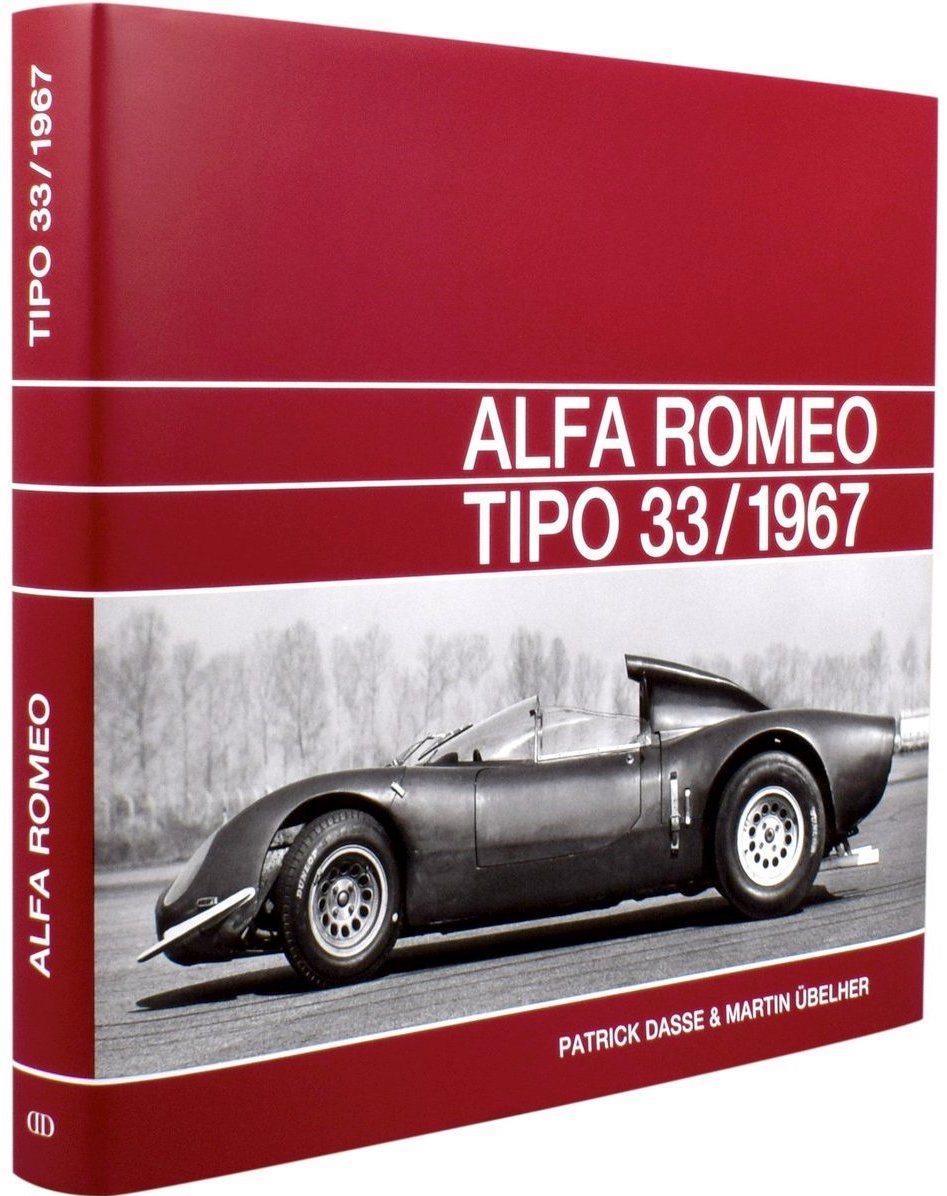
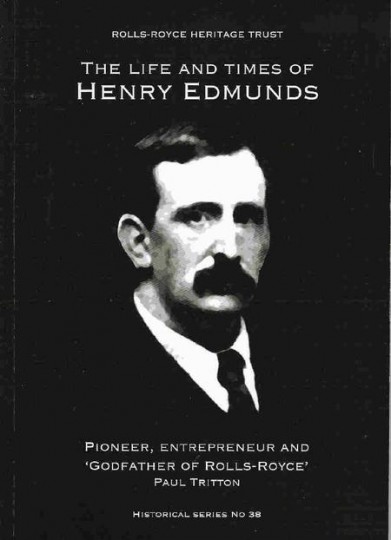

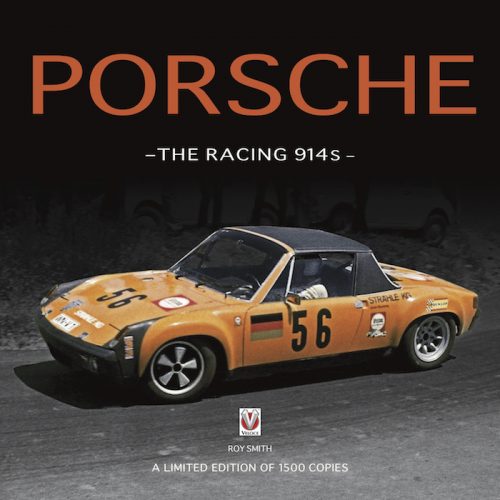
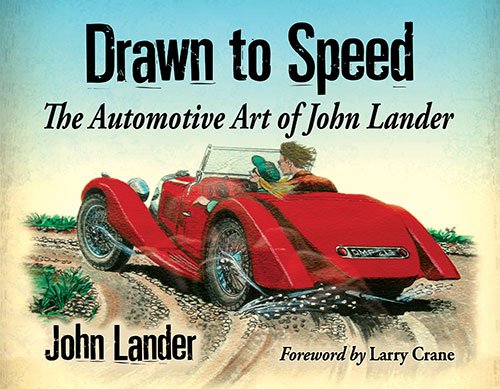


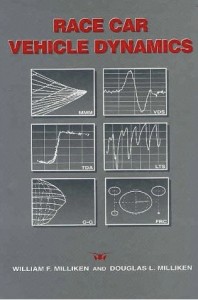

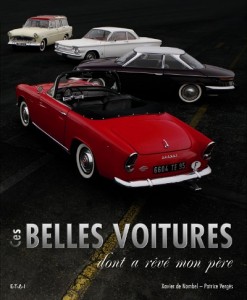
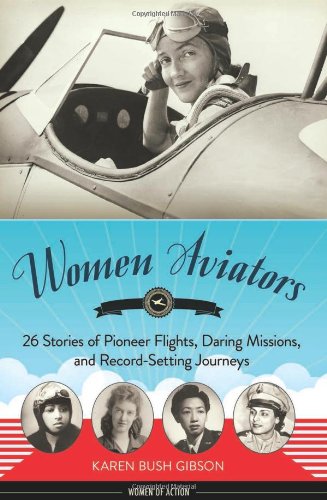
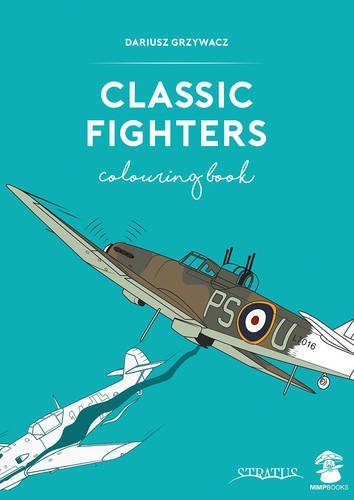
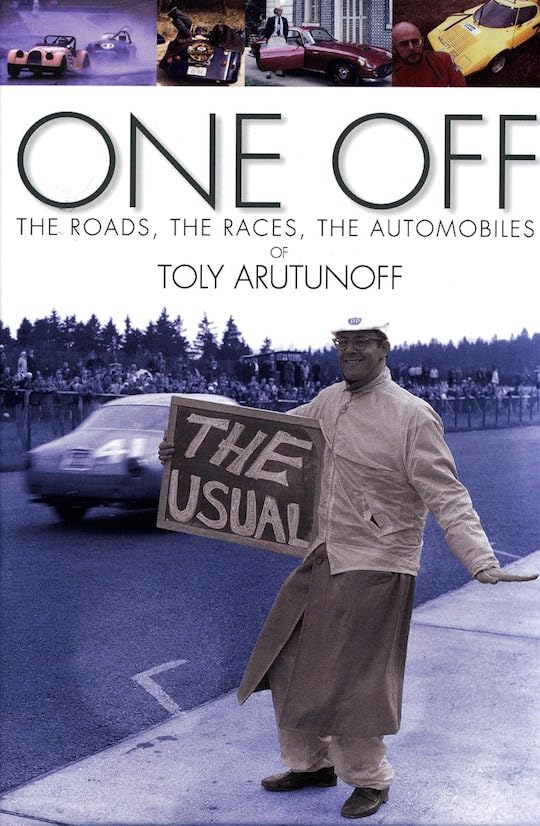
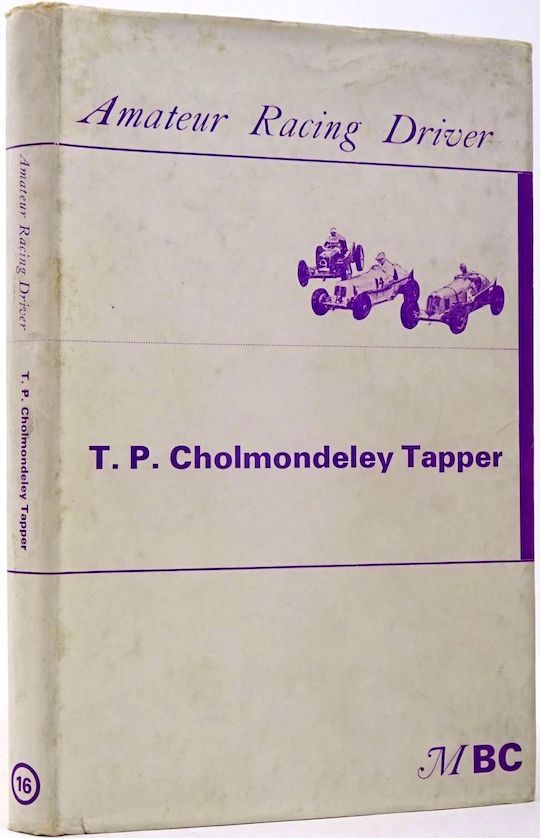
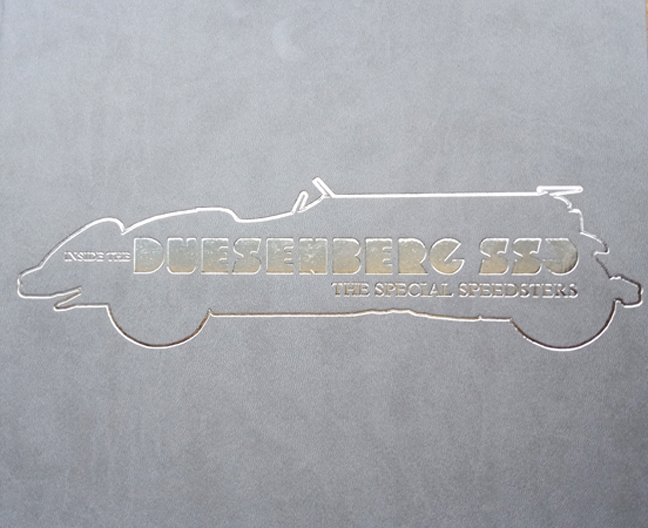


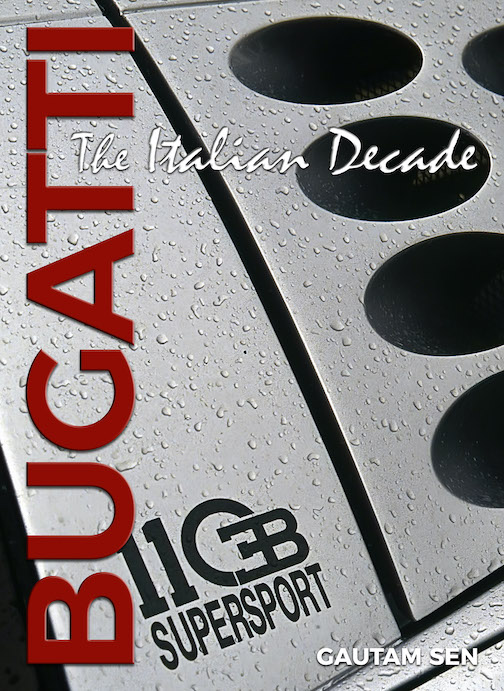
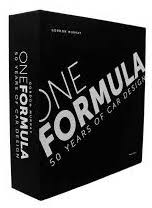
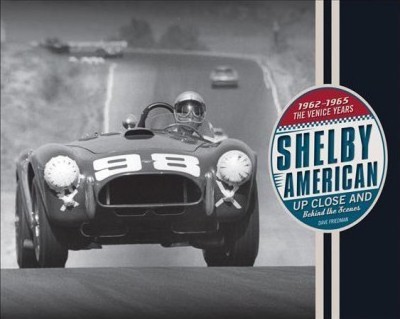






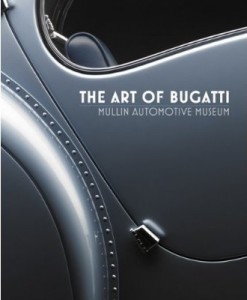

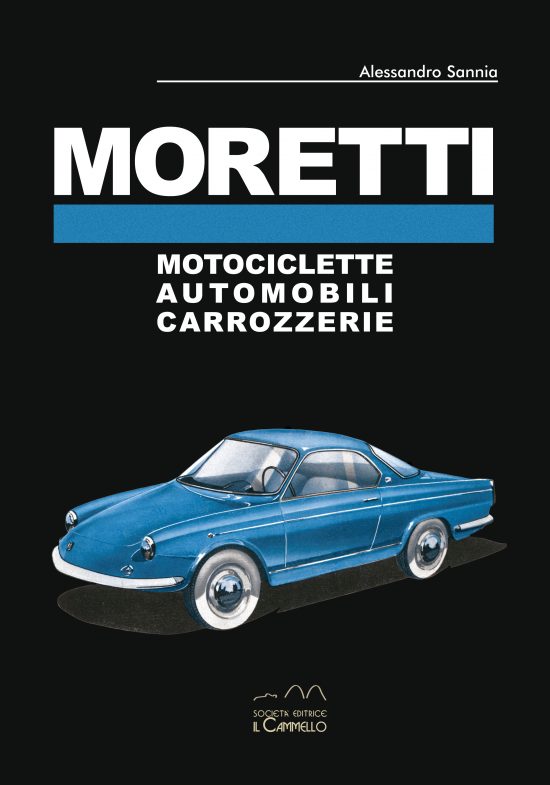
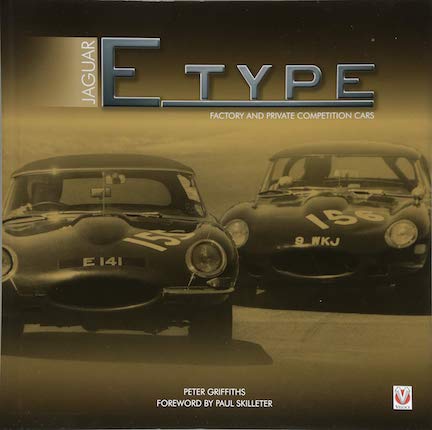
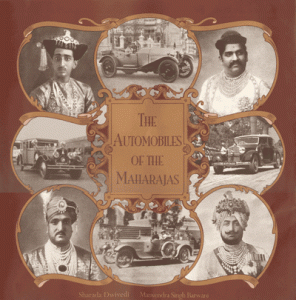


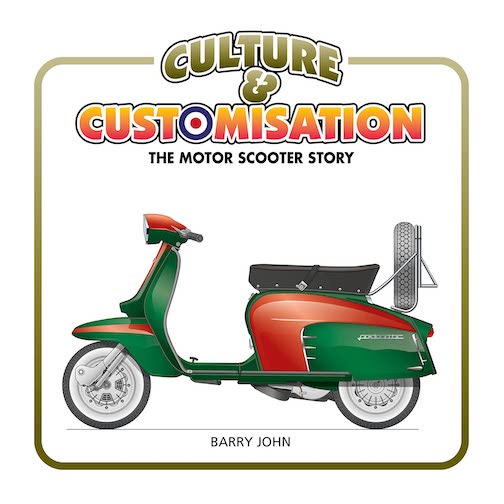
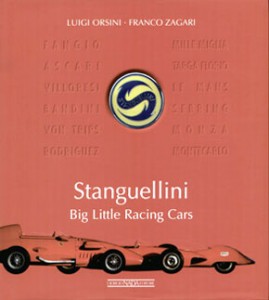
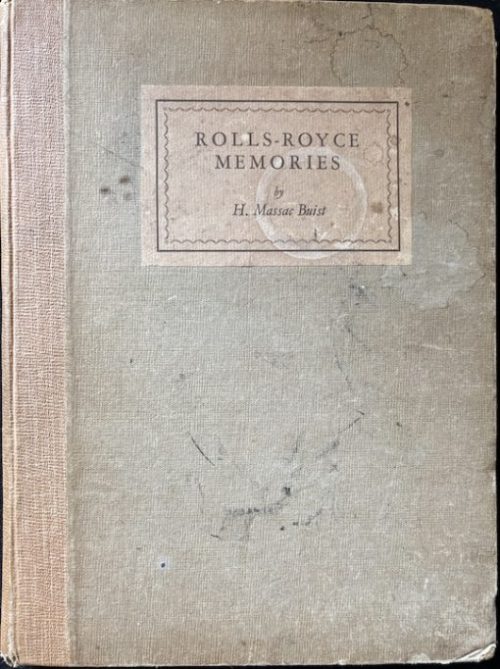

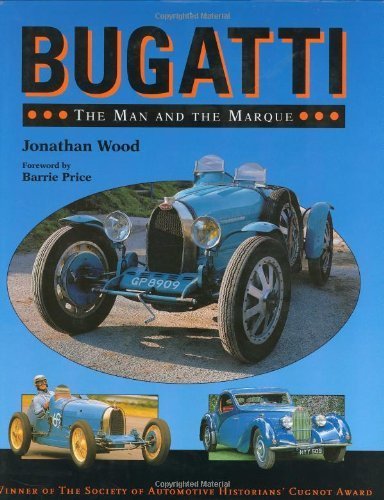


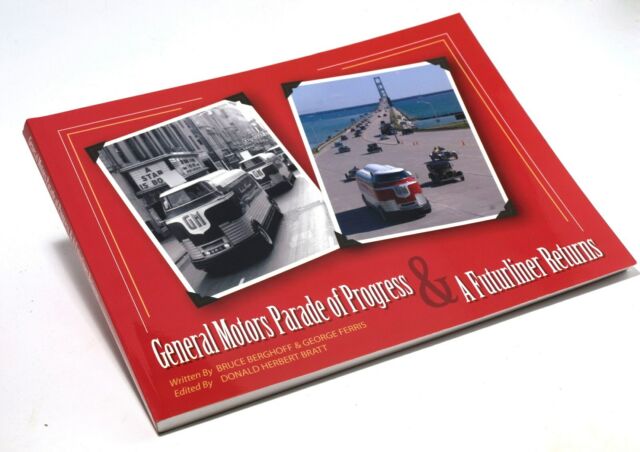
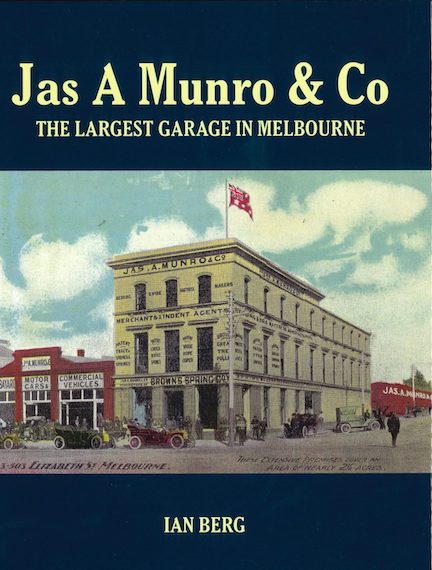


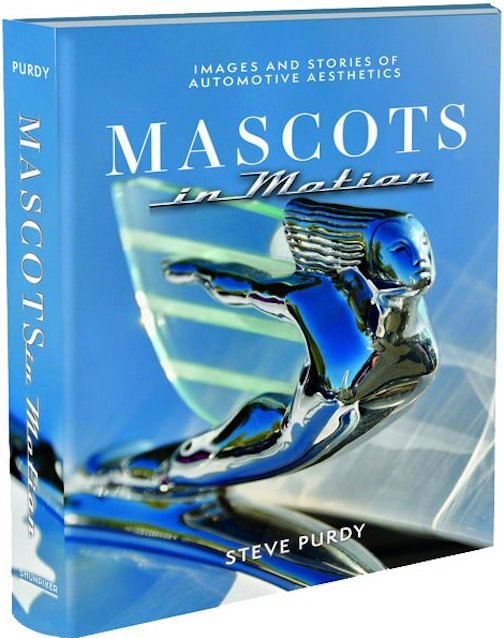
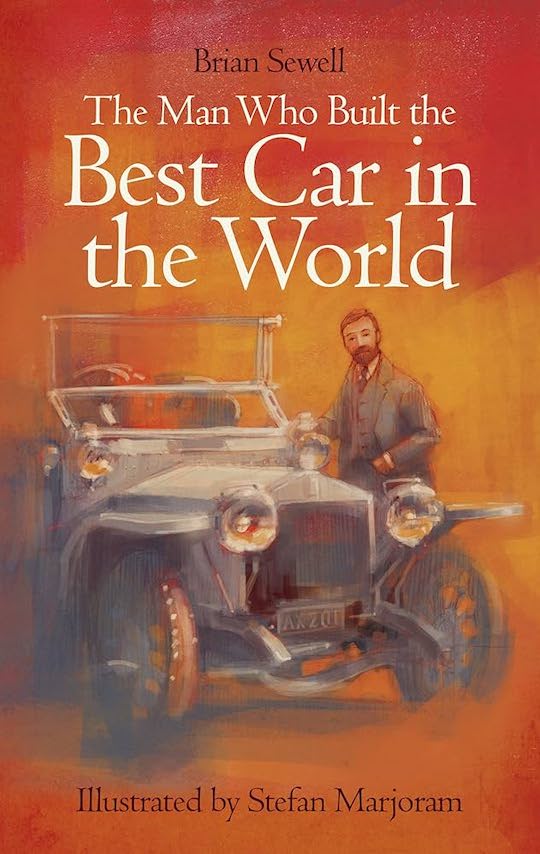

 Phone / Mail / Email
Phone / Mail / Email RSS Feed
RSS Feed Facebook
Facebook Twitter
Twitter
An interesting review – sadly Kevin Whittle died last year, his books are still available from https://www.historic-lotus-books.com/